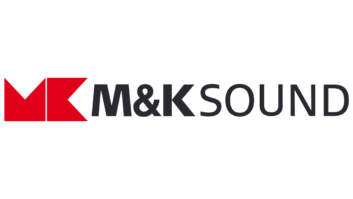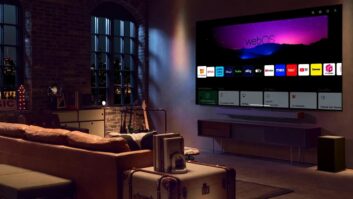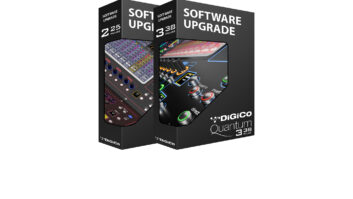The first unsettling aspect of this year’s Kitchen/Bath Industry Show (K/BIS) was its location.
Removed from its traditional McCormick Place or Orlando Convention Center haunts, which K/BIS regularly fills to the rafters, the show seemed dwarfed by the cavernous Las Vegas Convention Center, where it took up residency earlier this month.
More disquieting was the industry tableau against which K/BIS played out. Never before has the major appliance business been in such flux, as industrywide sales plateau and globalization and the growing predominance of the home improvement channel radically alter the playing field.
Top of mind for many major appliance attendees was Maytag, whose dramatic sales, earnings and market-share declines were of particular concern to dealers. Contributing to the manufacturer’s woes were its recent departure from Best Buy and its diminished role at The Home Depot, where LG is barreling in with 17 SKUs this month. But Maytag’s more fundamental challenge remains its concentration of production in the United States, which puts it at a competitive disadvantage with companies that produce or source more goods offshore.
While Maytag’s senior management was busy squelching rumors of insolvency during its annual shareholder meeting in Newton, Iowa, and making plans for the possible closure of its flagship factory there, K/BIS conventioneers speculated about a possible sale, ostensibly to Samsung.
For the record, Samsung’s appliance president H.B. Lee, in an exclusive interview with TWICE, said his company has never considered acquiring Maytag or any other U.S. white-goods vendor, preferring instead to build its own brand name in appliances and to expand its OEM partnerships with its American competitors.
Meanwhile, sensing opportunity amid the U.S. market’s changing dynamic, Samsung and other Asian contenders outlined plans to expand their majap assortments in order to become full-line resources for American dealers.
“We have a plan, a road map and a firm product launch calendar,” said Lee, which builds upon the company’s core refrigeration base. The phased rollouts include the new Supreme Series platform of dishwashers and freestanding ranges, which debuted at the show, and next year’s planned entry into laundry.
Similarly, Sharp moved beyond its core countertop and over-the-range microwave oven assortment to introduce a new microwave drawer format, and highlighted its full line of ranges, wall ovens and range hoods, while also looking outside the cooking category. “We have to be in all key segments,” said Christine Lewis, appliances senior director, regarding Sharp’s long-term game plan.
That status can now be claimed by LG. With the K/BIS introduction of its first-ever range, and the recent addition of a dishwasher line, the company has completed its “full-kitchen” portfolio, said Teddy Hwang, president of LG’s Digital Appliances group, which was built upon an initial base of refrigerators, microwave ovens and washers.
Still, despite the profusion of sleek, stylish and innovative products from both domestic and offshore suppliers — including a colorful new range of iPod-inspired metallic neutrals — the industry is facing flat sales in 2005, according to projections by the Association of Home Appliance Manufacturers (AHAM). Keith McLoughlin, president/CEO of Electrolux Home Products North America, attributed the apparent plateau to year-over-year comparisons following three consecutive years of robust industry growth. And, contends Sears’ appliance VP Tina Settecase, the nation’s top white-goods merchant, sales momentum remains strong, albeit at the opening price point and premium extremes of the pricing spectrum.
“The industry had a pretty good-sized run for many years,” Settecase said. “Even though we haven’t seen any slowdown in our high-end sales, customer spending for durables has declined in all industries.”
Vendors also continue to grapple with the rising cost of fuel and raw materials. Although last year’s severe steel shortages have abated, and manufacturers managed to gain some relief through sharp pass-along price hikes in January, plastics and other petroleum-related costs continue to rise.
Besides manufacturer machinations, the retail sector is also in play, as Best Buy gets its second wind in white goods with the addition of the LG, Samsung and Siemens brands; Home Depot increased its majap market share from 7.6 percent to 9.4 percent year-over-year as of its fiscal first quarter ended May 1; and market leader Sears is formulating plans for the newly merged Kmart chain (see story below).













